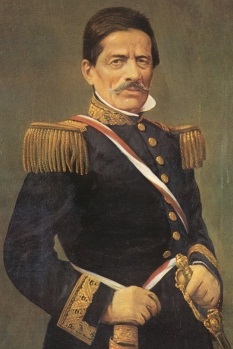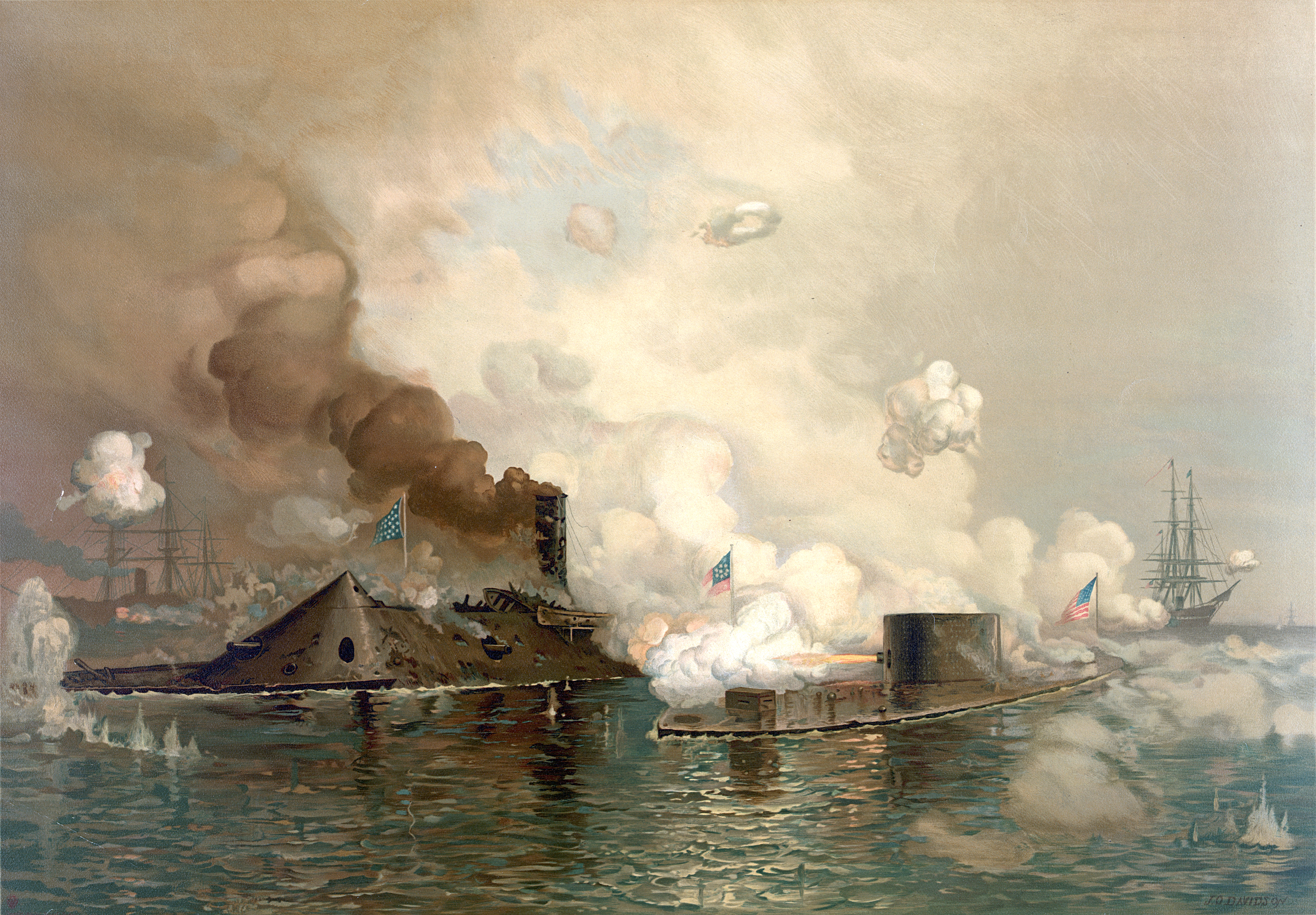|
Ferré-class Submarine
The ''Ferré'' class was a pair of submarines in service with the Peruvian Navy (MGP) during the period of the Great War. The first, BAP ''Teniente Ferré'', was in service from 1912 to 1919. The second, BAP ''Teniente Palacios'', was in service from 1913 to 1919. Both were constructed by the French steel company Schneider-Creusot by the order of the MGP. Background Naval arms race After the Decolonization of the Americas#South America, decolonization of South America from colonial powers such as the Portuguese Empire and the Spanish Empire, many of the newly-independent nations sought to gain power over one another economically and militarily. Throughout the 19th and 20th centuries, it became increasingly clear to many regional powers that a well-developed navy would be crucial to asserting their dominance on the global stage. A strong navy could allow nations to increase their international market and influence through Maritime trade, maritime trade and coastal dominance ove ... [...More Info...] [...Related Items...] OR: [Wikipedia] [Google] [Baidu] |
Schneider-Creusot
Schneider et Compagnie, also known as Schneider-Creusot for its birthplace in the French town of Le Creusot, was a historic iron and steel-mill company which became a major arms manufacturer. In the 1960s, it was taken over by the Belgian Empain group and merged with it in 1969 to form Empain-Schneider, which in 1980 was renamed Schneider SA and in 1999, after much restructuring, Schneider Electric. Origins In 1836, Adolphe Schneider and his brother Eugène Schneider bought iron-ore mines and forges at Le Creusot (Saône-et-Loire). They developed a business dealing in steel, railways, armaments, and shipbuilding. The Creusot steam hammer was built in 1877. Somua, a subsidiary located near Paris, made machinery and vehicles, including the SOMUA S35 tank. Armaments Vehicles *Schneider CA1, the first French tank *Schneider-Creusot 030-T steam locomotive * Schneider Coast Defense Train Ships * Ferré-class submarine, a pair of long submarines in service with the P ... [...More Info...] [...Related Items...] OR: [Wikipedia] [Google] [Baidu] |
Ecuadorian–Peruvian War (1857–1860)
The First Ecuadorian–Peruvian War took place between 1857 and 1860. The conflict began when Ecuador attempted to sell Amazon basin land claimed by Peru in order to settle a debt with British creditors. When diplomatic relations between the two countries broke down, prior to the fragmentation of the Ecuadorian government into several competing factions, the Peruvian government ordered a blockade of Ecuador's ports in order to force the cancellation of the sale, and the official acknowledgement of Peruvian ownership of the disputed territories. By late 1859, control of Ecuador was consolidated between General Guillermo Franco, in the city of Guayaquil, and a provisional government in Quito headed by Gabriel García Moreno. Peruvian President Ramón Castilla sailed to Guayaquil with several thousand soldiers in October 1859, and negotiated the #1860: Treaty of Mapasingue, Treaty of Mapasingue with General Franco in January 1860. The signing of the treaty indicated Ecuadorian compli ... [...More Info...] [...Related Items...] OR: [Wikipedia] [Google] [Baidu] |
Ironclad Warship
An ironclad was a steam-propelled warship protected by steel or iron armor constructed from 1859 to the early 1890s. The ironclad was developed as a result of the vulnerability of wooden warships to explosive or incendiary shells. The first ironclad battleship, , was launched by the French Navy in November 1859, narrowly preempting the British Royal Navy. However, Britain built the first completely iron-hulled warships. Ironclads were first used in warfare in 1862 during the American Civil War, when they operated against wooden ships, and against each other at the Battle of Hampton Roads in Virginia. Their performance demonstrated that the ironclad had replaced the unarmored ship of the line as the most powerful warship afloat. Ironclad gunboats became very successful in the American Civil War. Ironclads were designed for several uses, including as high-seas battleships, long-range cruisers, and coastal defense ships. Rapid development of warship design in the late 19th ... [...More Info...] [...Related Items...] OR: [Wikipedia] [Google] [Baidu] |
Maxime Laubeuf
Maxime Laubeuf was a French maritime engineer of the late nineteenth century. He was born on 23 November 1864 at Poissy, Yvelines, and died on 23 December 1939 in Cannes, Alpes-Maritimes. Laubeuf was a pioneer in the design and building of submarines, and was responsible for a number of the innovations that led to modern submarine design. His work had a profound influence on the design of submersibles in the late nineteenth century and early twentieth century. Laubeuf studied at the Ecole Polytechnique, and after graduating in 1883, he joined ENSTA, the French military's school of Marine Engineering. He became an Assistant Engineer in 1887, and Engineer in 1891. During this time, he worked at Brest on the development of submersibles and designs for the first modern submarines in 1904. Two years later, he left the Navy to continue building submarines in private industry. In 1896, the French government staged a design competition for a submarine of advanced capabilities. Th ... [...More Info...] [...Related Items...] OR: [Wikipedia] [Google] [Baidu] |
Cruiser
A cruiser is a type of warship. Modern cruisers are generally the largest ships in a fleet after aircraft carriers and amphibious assault ships, and can usually perform several operational roles from search-and-destroy to ocean escort to sea denial. The term "cruiser", which has been in use for several hundred years, has changed its meaning over time. During the Age of Sail, the term ''cruising'' referred to certain kinds of missions—independent scouting, commerce protection, or raiding—usually fulfilled by frigates or sloop-of-war, sloops-of-war, which functioned as the ''cruising warships'' of a fleet. In the middle of the 19th century, ''cruiser'' came to be a classification of the ships intended for cruising distant waters, for commerce raiding, and for scouting for the battle fleet. Cruisers came in a wide variety of sizes, from the medium-sized protected cruiser to large armored cruisers that were nearly as big (although not as powerful or as well-armored) as a pre- ... [...More Info...] [...Related Items...] OR: [Wikipedia] [Google] [Baidu] |
Battle Of San Juan And Chorrillos
The Battle of San Juan, also known as the Battle of San Juan and Chorrillos, was the first of two battles in the Lima Campaign during the War of the Pacific, and was fought on 13 January 1881. This battle is really a group of smaller, yet fierce confrontations at the defensive strongholds of Villa, Chorrillos, Santiago de Surco, San Juan de Miraflores, Santa Teresa and Morro Solar. The Chilean army led by Gen. Manuel Baquedano inflicted a harsh defeat on the Peruvian army commanded by the Supreme Chief Nicolás de Piérola. The Chilean triumph eliminated the first defensive line guarding Lima, and almost obliterated the Peruvian army defending it. At the end of the battle, the town of Chorrillos was burnt to the ground by the Chilean army trying to eradicate the Peruvian defenders garrisoned there. During the night, civilian abuses were committed by drunk soldiers. Despite this result, another battle had to be fought, at Miraflores two days later, before the Chilean army ... [...More Info...] [...Related Items...] OR: [Wikipedia] [Google] [Baidu] |
Scuttled
Scuttling is the act of deliberately sinking a ship by allowing water to flow into the hull, typically by its crew opening holes in its hull. Scuttling may be performed to dispose of an abandoned, old, or captured vessel; to prevent the vessel from becoming a navigation hazard; as an act of self-destruction to prevent the ship from being captured by an enemy force; as a blockship to restrict navigation through a channel or within a harbor; to provide an artificial reef for divers and marine life; or to alter the flow of rivers. Notable historical examples Skuldelev ships (around 1070) The Skuldelev ships, five Viking ships, were sunk to prevent attacks from the sea on the Danish city of Roskilde. The scuttling blocked a major waterway, redirecting ships to a smaller one that required considerable local knowledge. Cog near Kampen (early 15th century) In 2012, a cog preserved from the keel up to the decks in the silt was discovered alongside two smaller vessels in t ... [...More Info...] [...Related Items...] OR: [Wikipedia] [Google] [Baidu] |
Torpedo
A modern torpedo is an underwater ranged weapon launched above or below the water surface, self-propelled towards a target, with an explosive warhead designed to detonate either on contact with or in proximity to the target. Historically, such a device was called an automotive, automobile, locomotive, or fish torpedo; colloquially, a ''fish''. The term ''torpedo'' originally applied to a variety of devices, most of which would today be called mines. From about 1900, ''torpedo'' has been used strictly to designate a self-propelled underwater explosive device. While the 19th-century battleship had evolved primarily with a view to engagements between armored warships with large-caliber guns, the invention and refinement of torpedoes from the 1860s onwards allowed small torpedo boats and other lighter surface vessels, submarines/submersibles, even improvised fishing boats or frogmen, and later light aircraft, to destroy large ships without the need of large guns, though somet ... [...More Info...] [...Related Items...] OR: [Wikipedia] [Google] [Baidu] |
Toro Submarino
''Toro Submarino'' (lit. "Submarine Bull") was a Peruvian submarine developed during the War of the Pacific in 1879. It is considered the first operational submarine or submersible in Latin America. Being fully operational, waiting for its opportunity to attack during the Blockade of Callao, it was scuttled early on 17 January 1881, to avoid its capture by Chilean troops, before the imminent occupation of Lima. Development In 1864, a civil engineer of Peruvian nationality, born to a German father and Venezuelan mother, Federico Blume Othon (1831–1901), developed the design of the first submarine for the Peruvian Navy. Blume who participated in the construction of railroads in Peru, presented his idea after the Spanish Pacific squadron occupied the Chincha Islands during the Chincha Islands War. His purpose was to create a device that could confront, with minimum risk, the powerful enemy fleet. The result was ''Toro Submarino'' (Submarine Bull). It was a revolutionary design ... [...More Info...] [...Related Items...] OR: [Wikipedia] [Google] [Baidu] |





